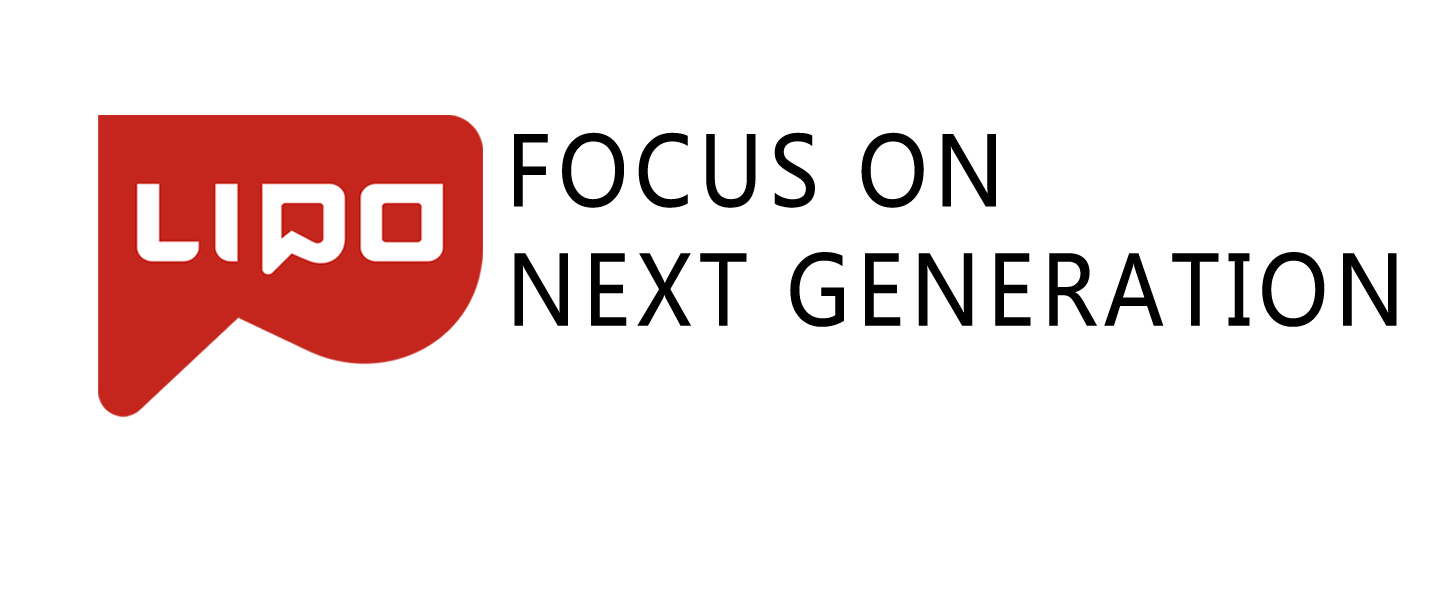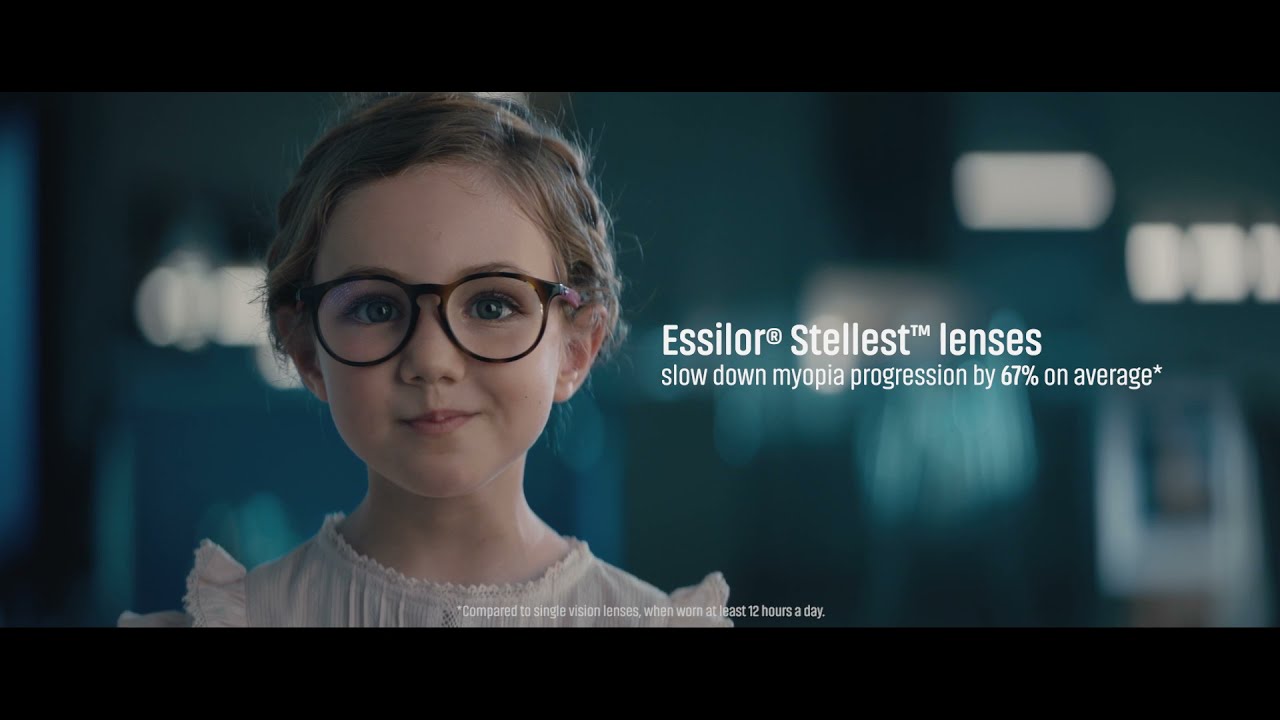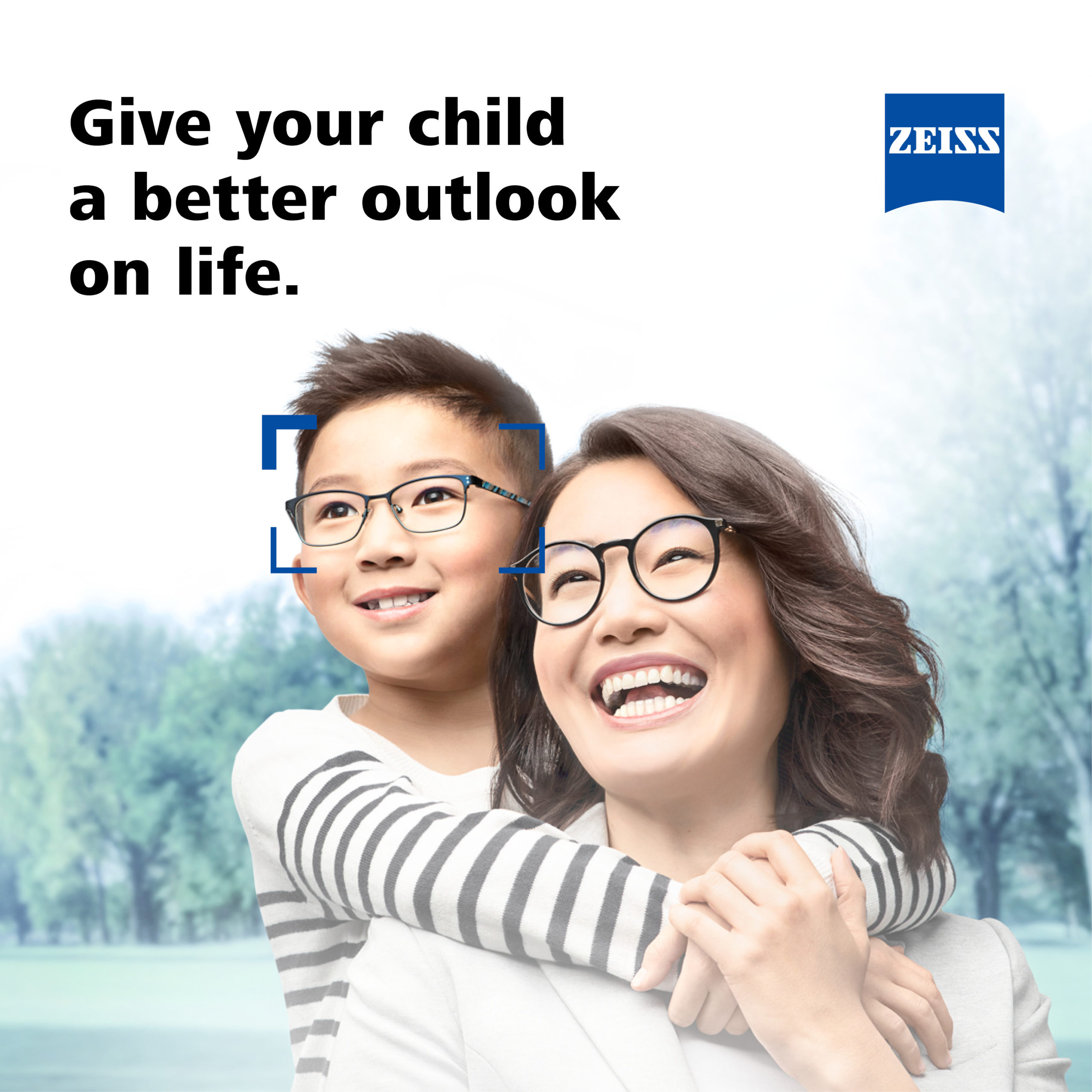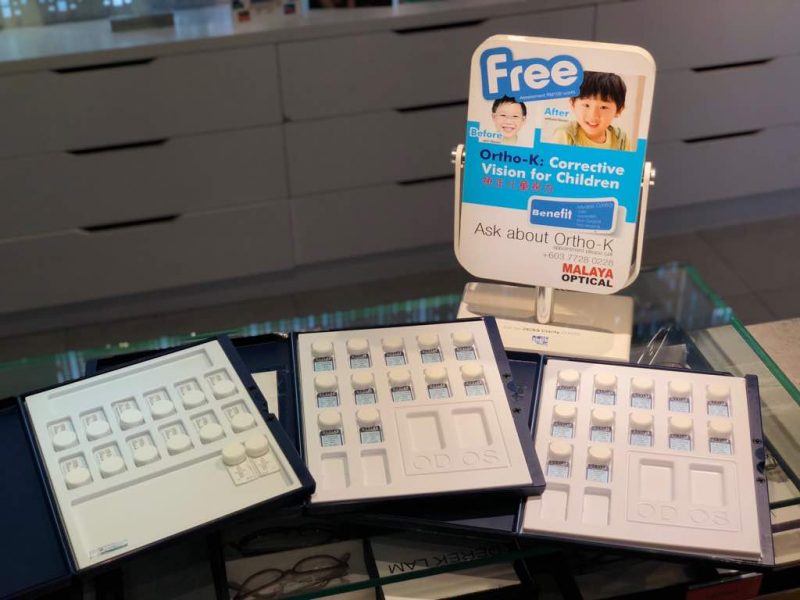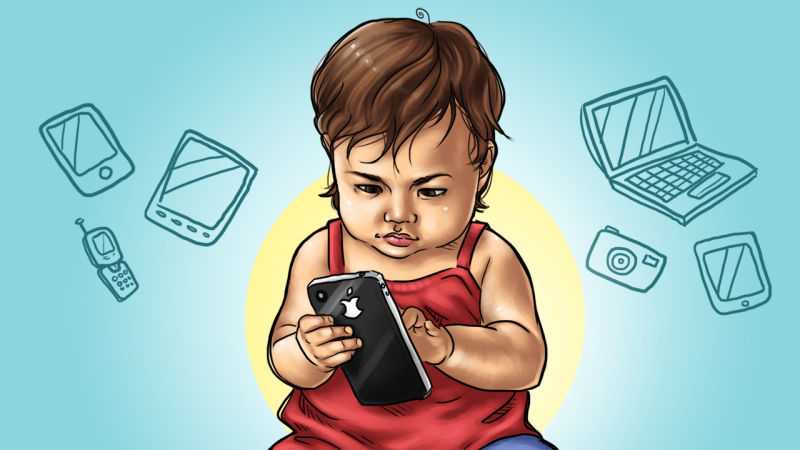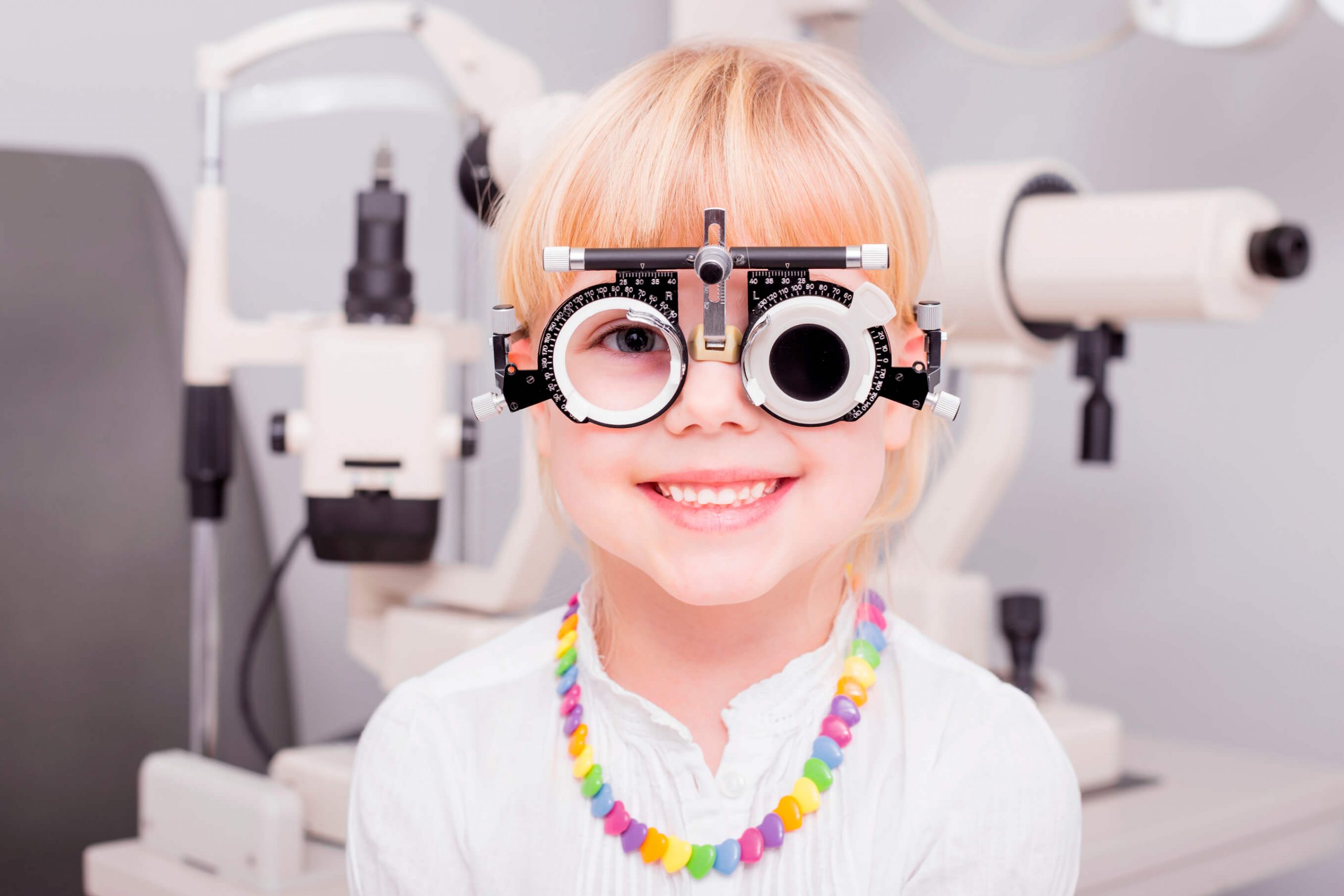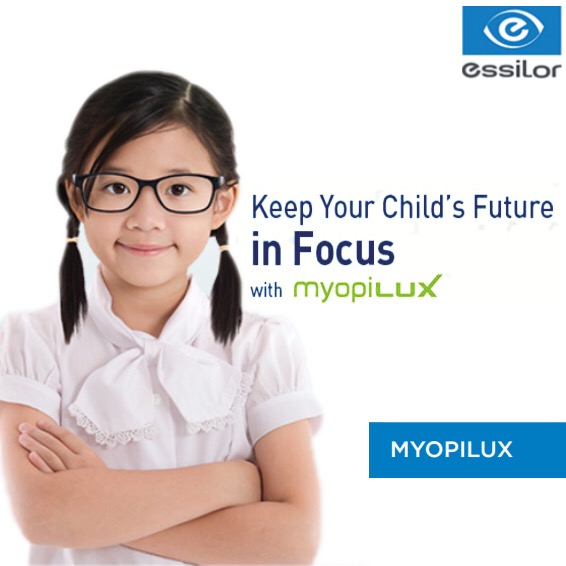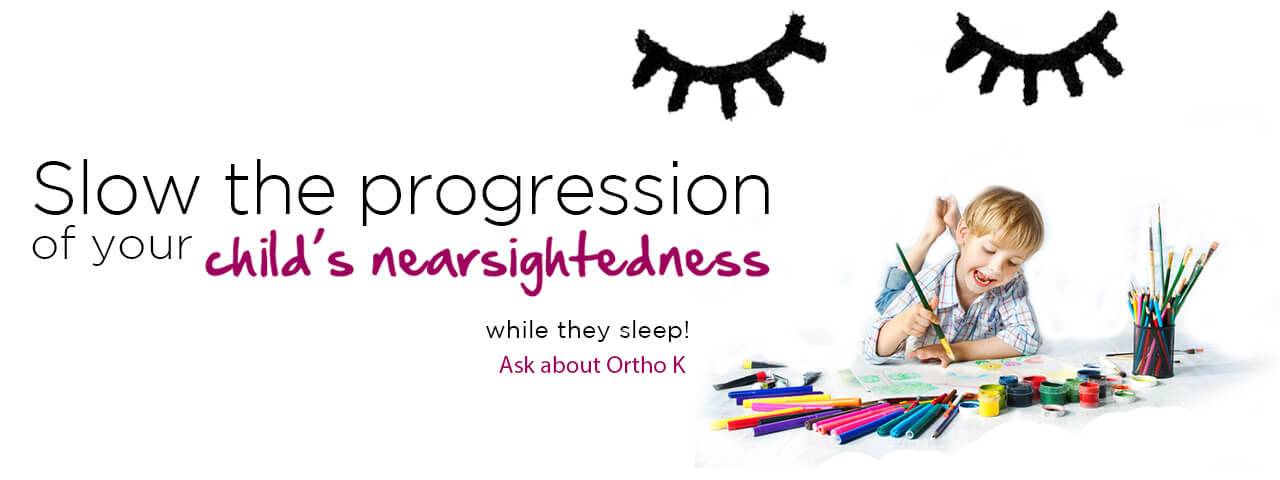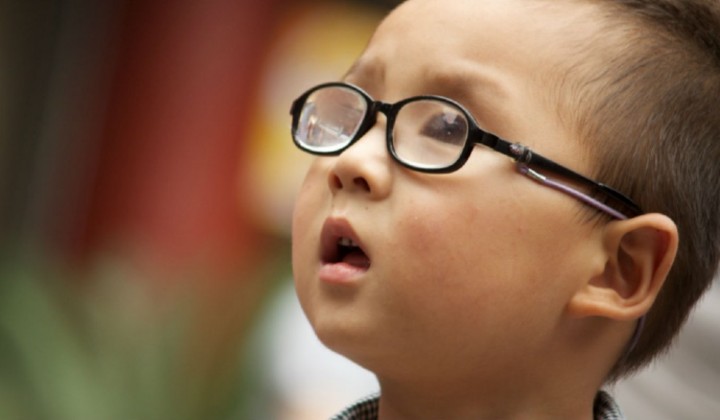Why Malaya Optical Chooses Lipo Kids Eyewear for Myopia Control? We at Malaya Optical recognise the need for early intervention in treating myopia, and we are pleased to provide Lipo Kids Eyewear to our younger customers. As parents, our top priority is always our children's health and well-being, especially regarding their vision. It's more crucial than ever to address the growing issue of myopia, or nearsightedness, among youngsters by coming up with creative and practical solutions. What is Myopia and Why is it a Concern? Myopia is a common visual disorder in which distant items appear blurry but nearby objects are visible. Not only does myopia result in the need for stronger glasses, but it also raises the possibility of developing cataracts, glaucoma, and retinal detachment in later life. The rapid…
